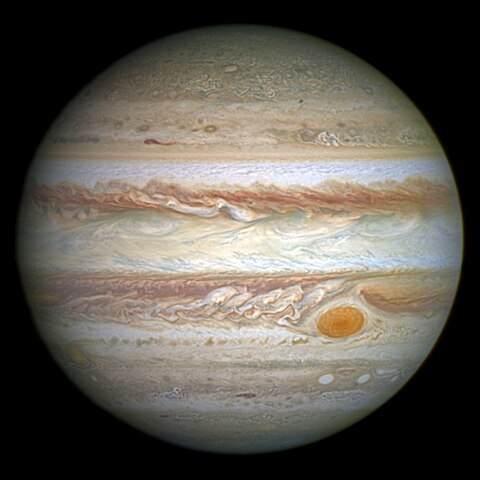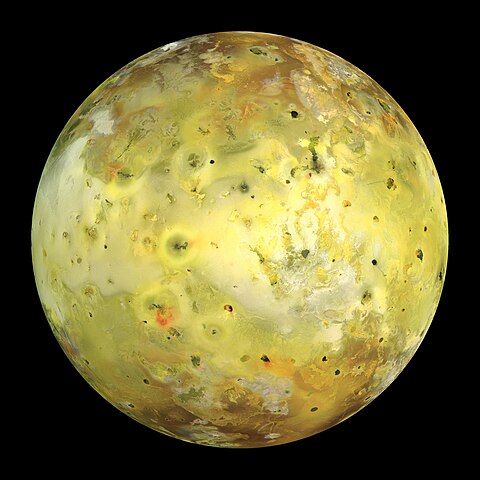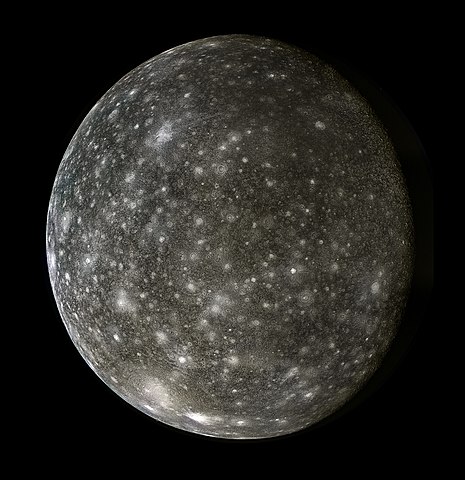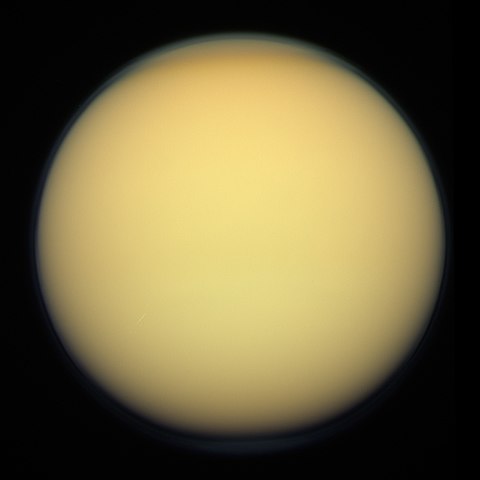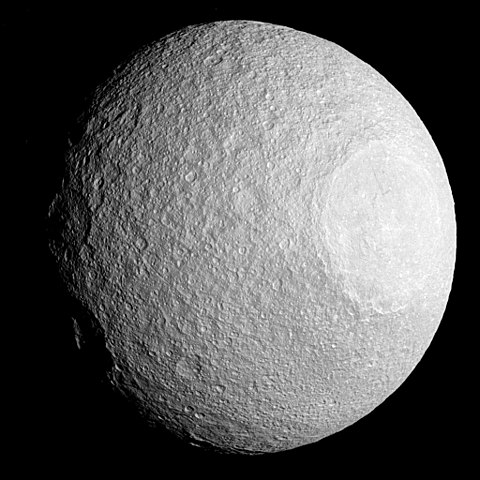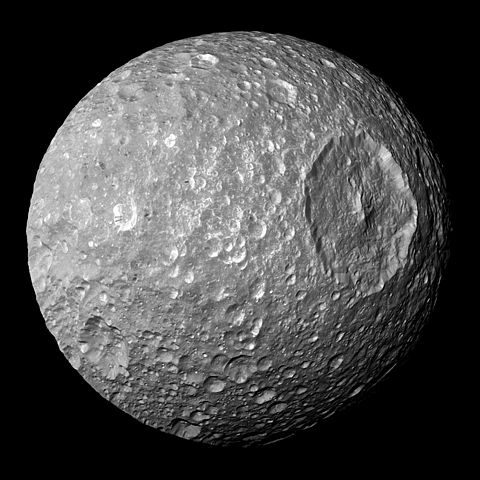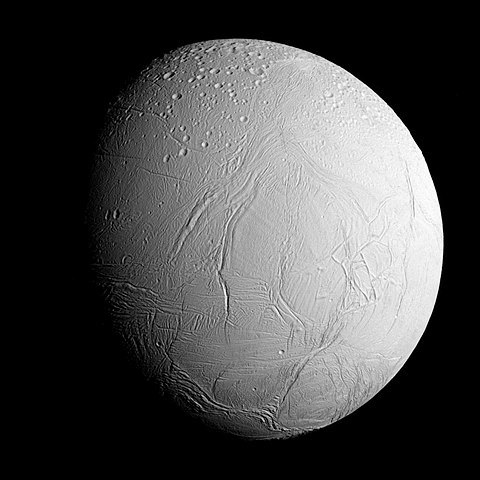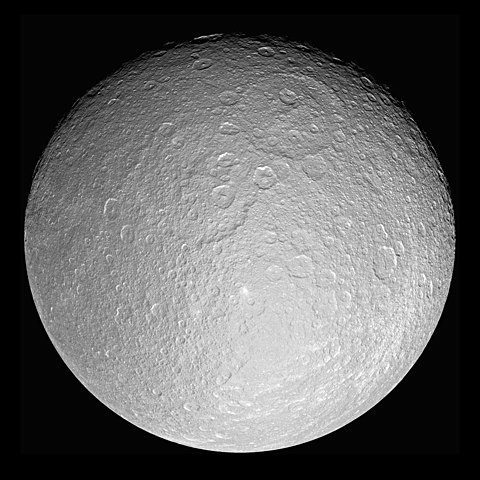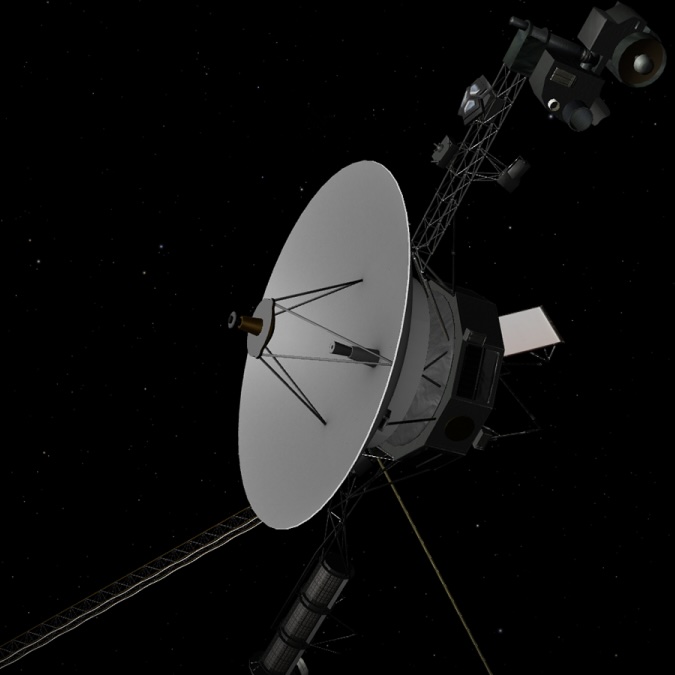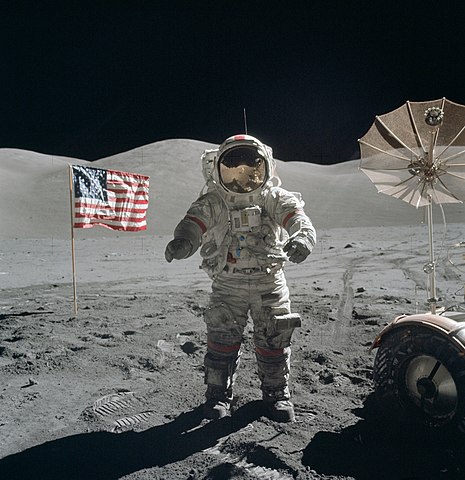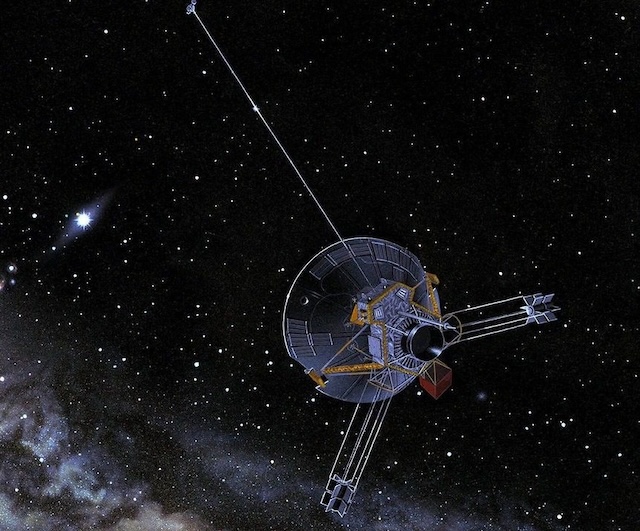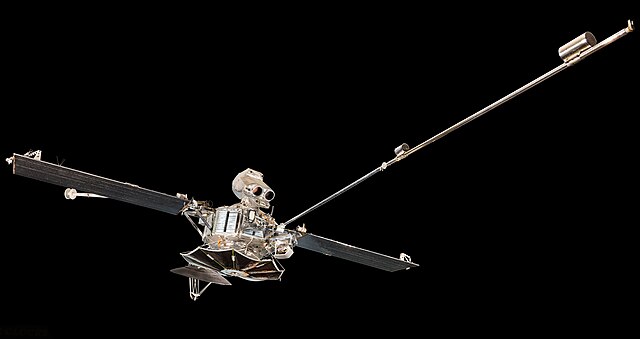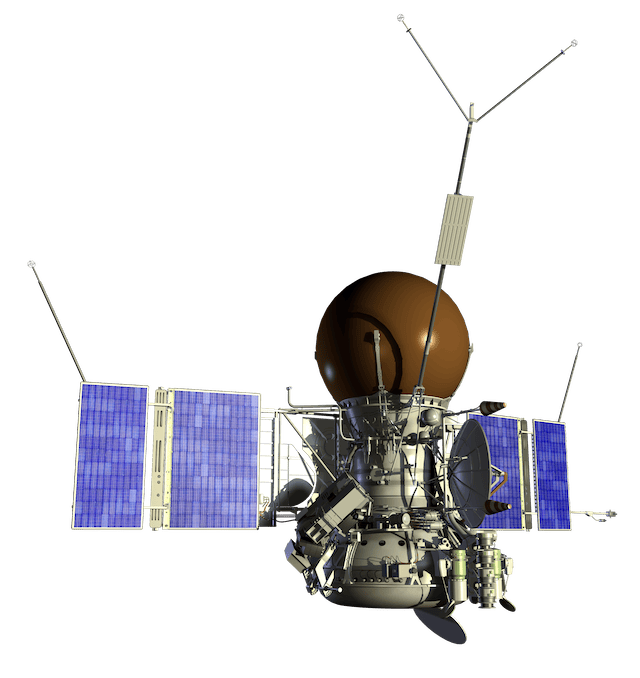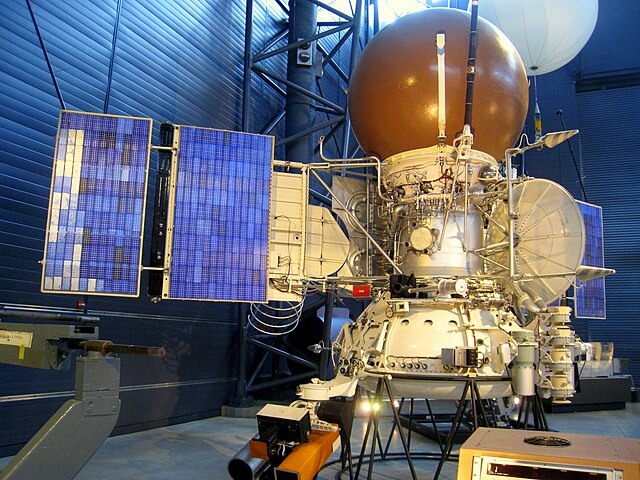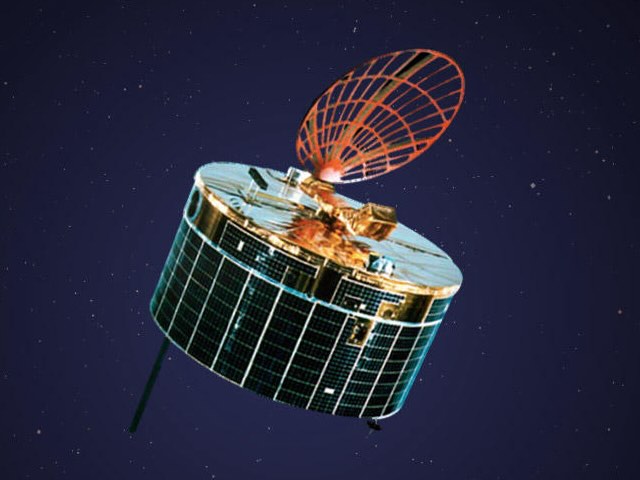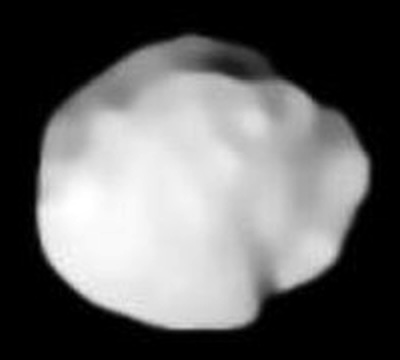1 day / second
0.5 AU
Voyager 1
Spacecraft
A pioneering interstellar spacecraft launched in 1977 that explored Jupiter and Saturn before becoming the first human-made object to leave the Solar System in 2012, now traveling over 23 billion kilometers from Earth while still sending data back via radio signals.
Key Facts
organization | NASA |
orbital regimes | Outer System Kuiper Belt |
learn more | Wikipedia |
launched | 1977-09-05 |
launch mass | 815 kg |
power | 470 watts |
Mission Timeline
Launched
September 5, 1977 at 12:56 UTC
Jupiter
Flyby
Voyager 1 made its closest approach to Jupiter on March 5, 1979, capturing detailed images of the planet's atmosphere, rings, and moons while discovering volcanic activity on Io and passing within 349,000 kilometers of the gas giant.
Io
Flyby
During its flyby of Io on March 5, 1979, Voyager 1 discovered active volcanoes on the moon's surface, making it the first time volcanic activity had been observed beyond Earth.
Europa
Flyby
Voyager 1 conducted a flyby of Europa on March 5, 1979, capturing detailed images of the moon's icy surface and revealing a complex network of cracks and ridges that suggested the presence of a subsurface ocean.
Ganymede
Flyby
During its flyby of Ganymede on March 5, 1979, Voyager 1 captured detailed images of the moon's surface from a distance of 114,700 kilometers, revealing a complex terrain of ancient dark regions and younger, grooved areas marked by tectonic activity.
Callisto
Flyby
During its flyby of Callisto on March 6, 1979, Voyager 1 captured detailed images of the moon's heavily cratered surface from a distance of 124,000 kilometers, revealing it to be the most heavily cratered object in the Solar System.
Saturn
Flyby
Voyager 1 completed its Saturn flyby on November 12, 1980, capturing unprecedented images of the planet's rings and atmosphere while discovering several new moons and revealing the first detailed views of Titan's dense atmosphere.
Titan
Flyby
Voyager 1 made the first close flyby of Titan on November 12, 1980, revealing the moon's dense atmosphere and capturing detailed images of its orange haze while passing within 4,000 kilometers of its surface.
Tethys
Flyby
During its flyby of Tethys on November 12, 1980, Voyager 1 captured detailed images of the moon's surface from a distance of 415,000 kilometers, revealing its large impact crater Odysseus and extensive system of valleys.
Mimas
Flyby
Voyager 1 captured the first detailed images of Mimas during its flyby on November 12, 1980, revealing the moon's most distinctive feature: the massive Herschel impact crater that gives it a Death Star-like appearance.
Enceladus
Flyby
Voyager 1 performed a distant flyby of Enceladus at a range of 202,000 kilometers on November 12, 1980, providing the first detailed images of this icy Saturnian moon.
Rhea
Flyby
Voyager 1 made its closest approach to Rhea on November 12, 1980, capturing detailed images of the heavily cratered moon from a distance of 73,980 kilometers during its Saturn system flyby.
Hyperion
Flyby
Voyager 1 captured detailed images of Saturn's irregularly-shaped moon Hyperion during a flyby on September 1, 1981, revealing its unusual "sponge-like" appearance and chaotic rotation.
Related Spacecraft
Voyager 2
Launched in 1977
Launched in 1977, Voyager 2 became the first spacecraft to visit Uranus and Neptune during its Grand Tour of the outer Solar System, and continues to send data from interstellar space after traveling more than 12 billion miles from Earth.

